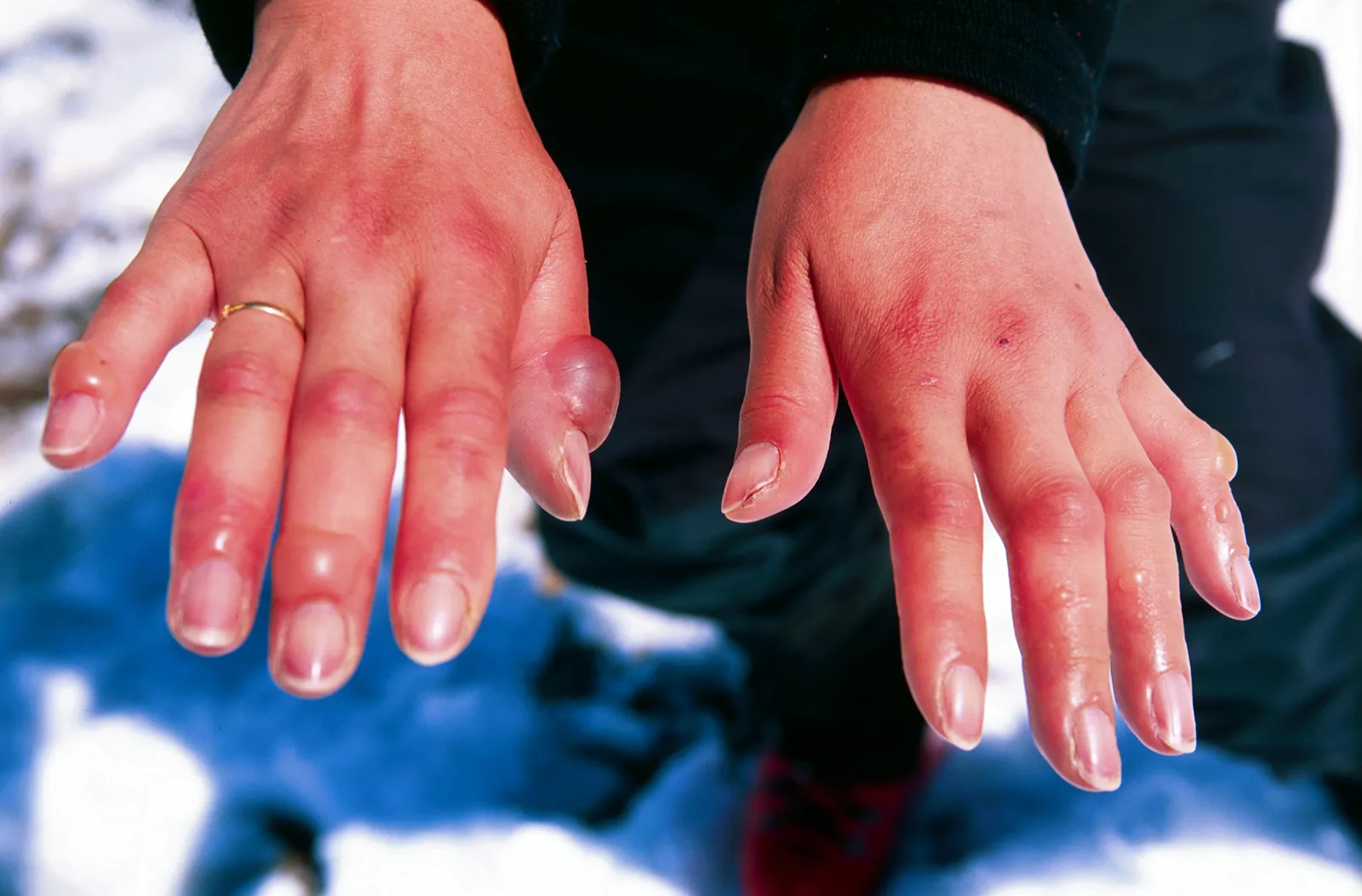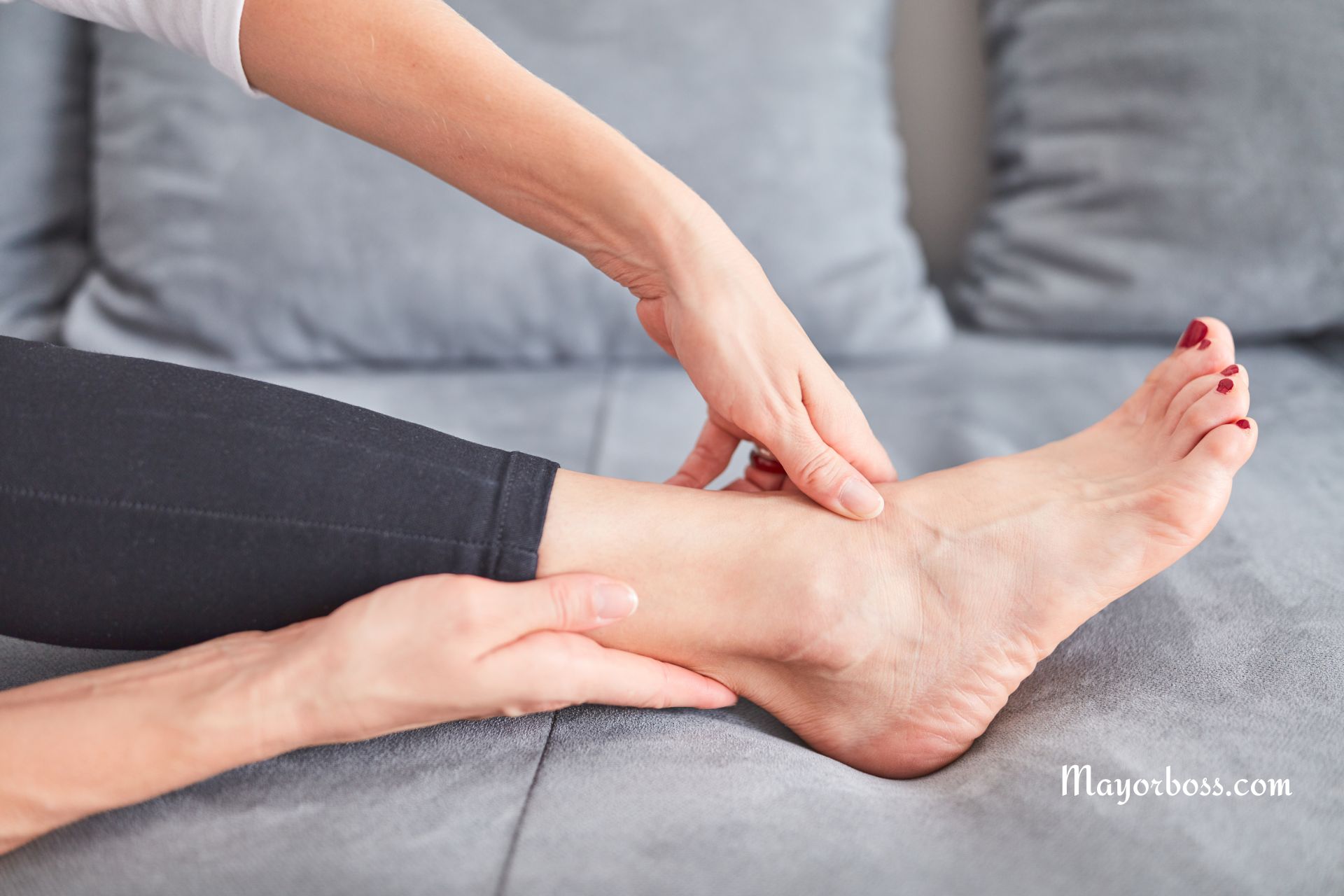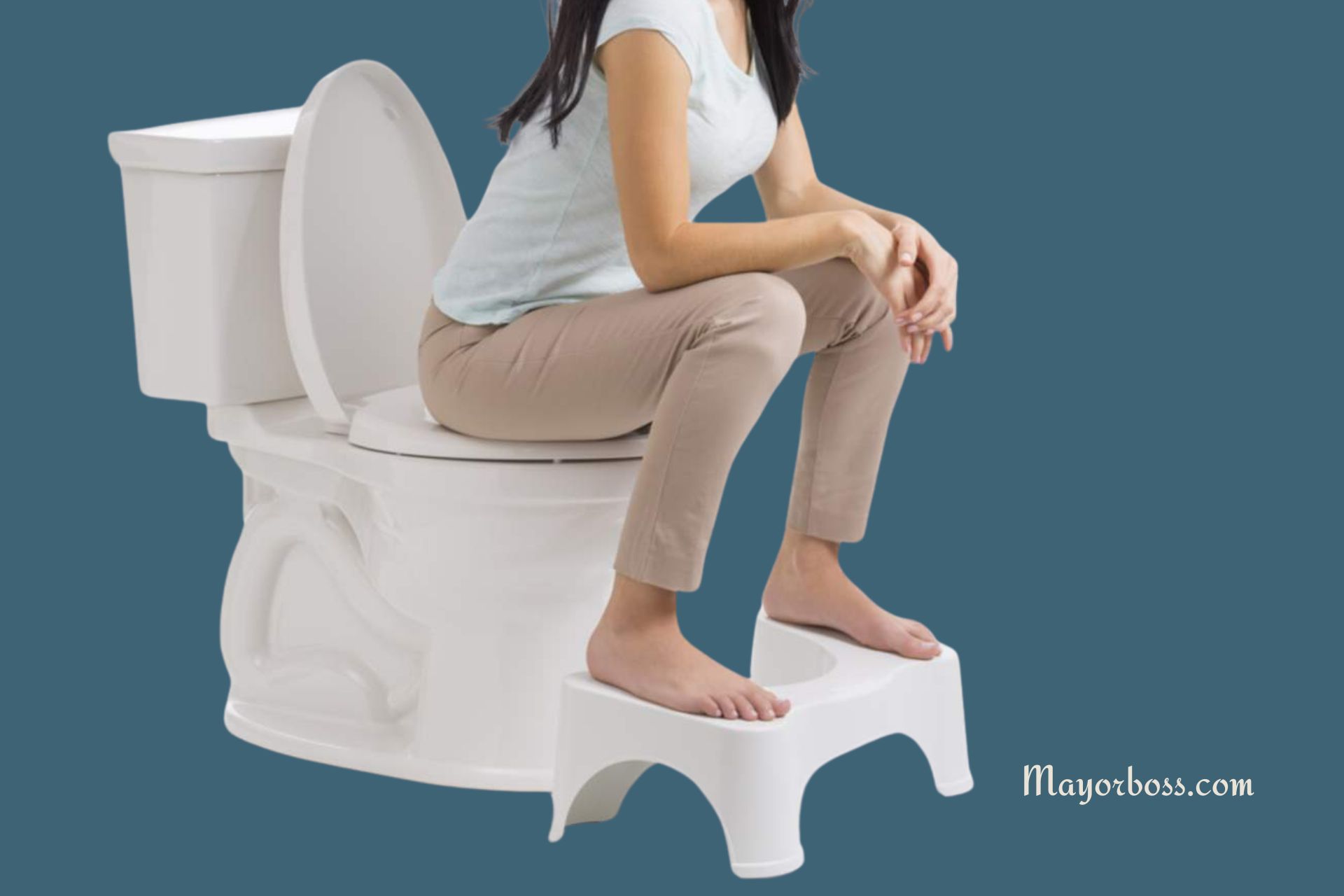Is Waxing Your Pubic Hair Bad for You?
Waxing, a popular method for removing pubic hair, is a practice that dates back centuries. It’s often chosen for its long-lasting results and smooth finish. However, you might wonder if this grooming habit is harmful to your health. Waxing pubic hair can cause temporary redness, irritation, and discomfort. If not done properly, waxing can lead to skin infections. This risk is higher in the sensitive pubic area. This article offers several explanations for the potential risks and benefits of pubic hair waxing and explains how to wax safely.

Understanding the Risks of Pubic Hair Waxing
Skin Irritation and Infection
The most immediate risk of waxing your pubic area is skin irritation. When you wax, you’re not just removing hair but also a thin layer of skin. This can lead to redness, swelling, and sensitivity. The exposed area is also more susceptible to infections, such as folliculitis, which is an inflammation of the hair follicles.
Ingrown Hairs
Another common side effect of waxing is ingrown pubic hair. These occur when the new hair grows back but gets trapped under the skin, leading to red, itchy bumps. Ingrown hairs can be painful and, in some cases, can become infected.
Potential for More Serious Infections
Although rare, there’s a small risk of more serious infections. The process of waxing can create tiny tears in the skin, providing an entry point for bacteria. In extreme cases, this can lead to cellulitis or, more rarely, the spread of a viral infection like molluscum contagiosum.
Pain and Discomfort
Waxing can be painful, especially in such a sensitive area. The level of pain varies from person to person and can also depend on the skill of the aesthetician.
The Benefits of Waxing
Despite these risks, waxing has its advantages. It provides a longer-lasting result compared to shaving, as it removes hair from the root. This means you’ll be hair-free for weeks rather than days. Additionally, many find the smoothness achieved by waxing to be preferable to the stubble that can result from shaving.
How to Wax Safely
If you decide to wax, there are steps you can take to minimize risks:
Choose a Reputable Salon
Make sure you go to a professional who maintains high standards of hygiene. This includes using fresh wax for each client and never double-dipping the application sticks.
Prepare Your Skin
Exfoliate the area a day before waxing to remove dead skin cells and reduce the chance of ingrown hairs.
Aftercare
Keep the area clean and avoid tight clothing immediately after waxing to reduce irritation. Applying a soothing lotion can also help.
Know When to Avoid Waxing
If you have sensitive skin, a skin condition, or are taking medications that affect skin sensitivity, it’s better to avoid waxing. Always consult with a dermatologist if you’re unsure.
Frequently Asked Questions
Is Waxing Better Than Shaving?
This depends on your personal preference. Waxing lasts longer but is more painful and carries a higher risk of infection. Shaving is less risky but needs to be done more frequently.
Can Waxing Cause Permanent Damage?
While waxing can cause temporary irritation and infection, it’s unlikely to cause permanent damage if done correctly. However, repeated waxing can sometimes lead to skin darkening or scarring.
Is It Necessary to Remove Pubic Hair?
No, it’s a personal choice. There’s no medical need to remove pubic hair; it’s purely a cosmetic decision.
In conclusion, while waxing your pubic hair isn’t inherently bad, it does come with certain risks. Being aware of these risks and taking the necessary precautions can help ensure a safer waxing experience. In short, the choice to wax is entirely personal and should be based on your comfort, skin sensitivity, and personal grooming preferences.






